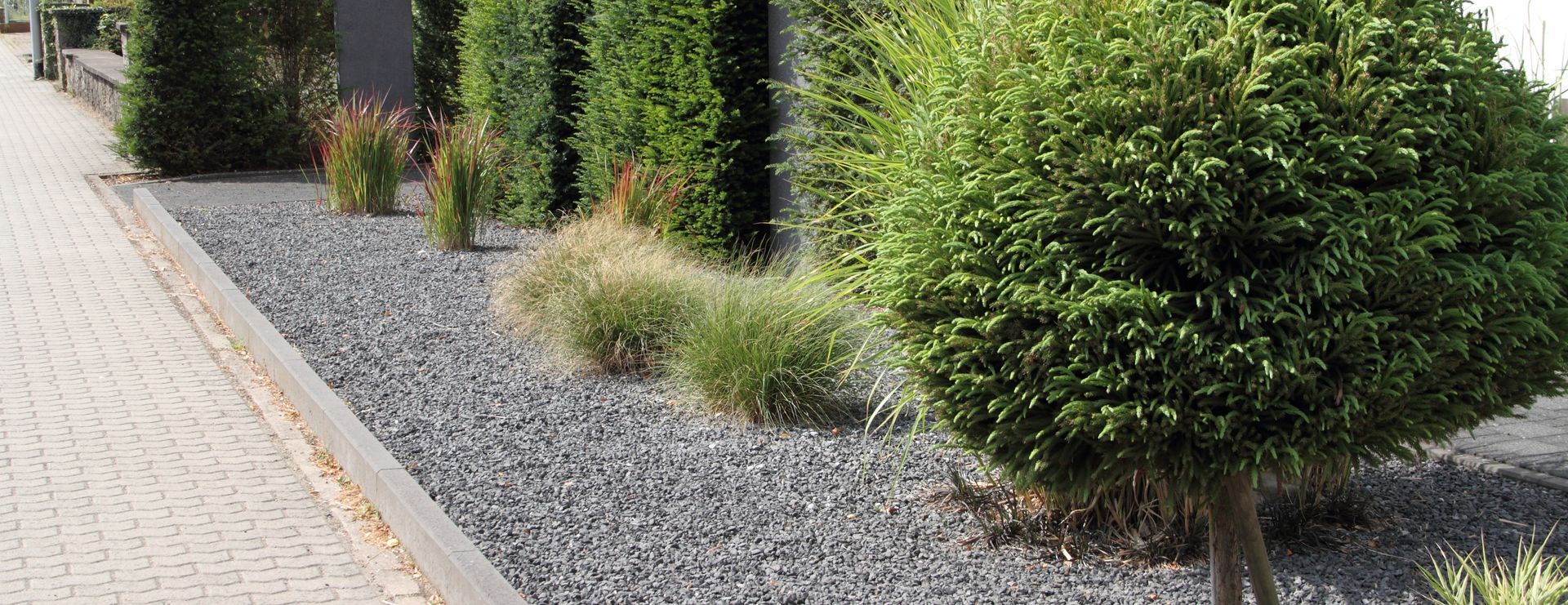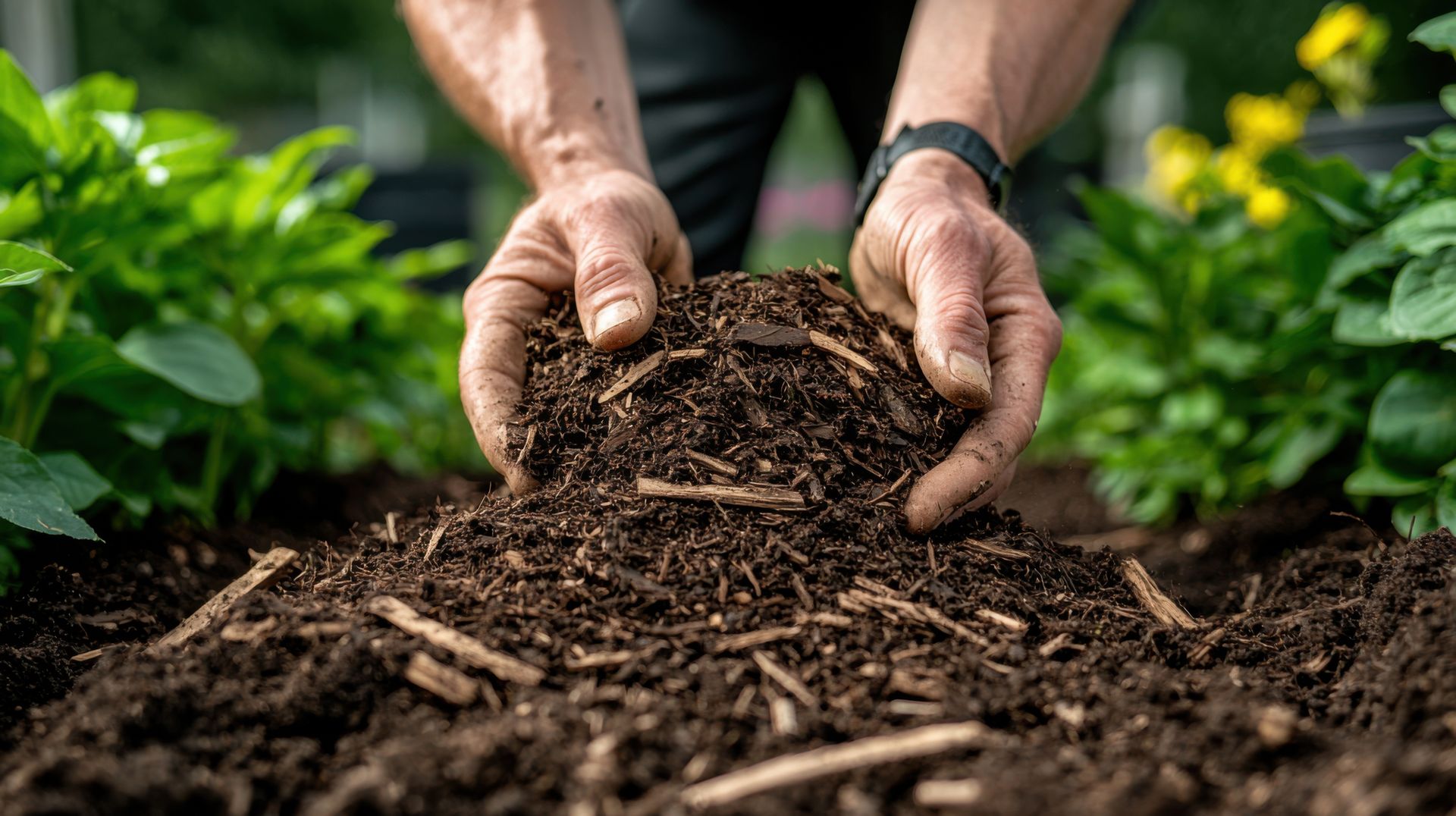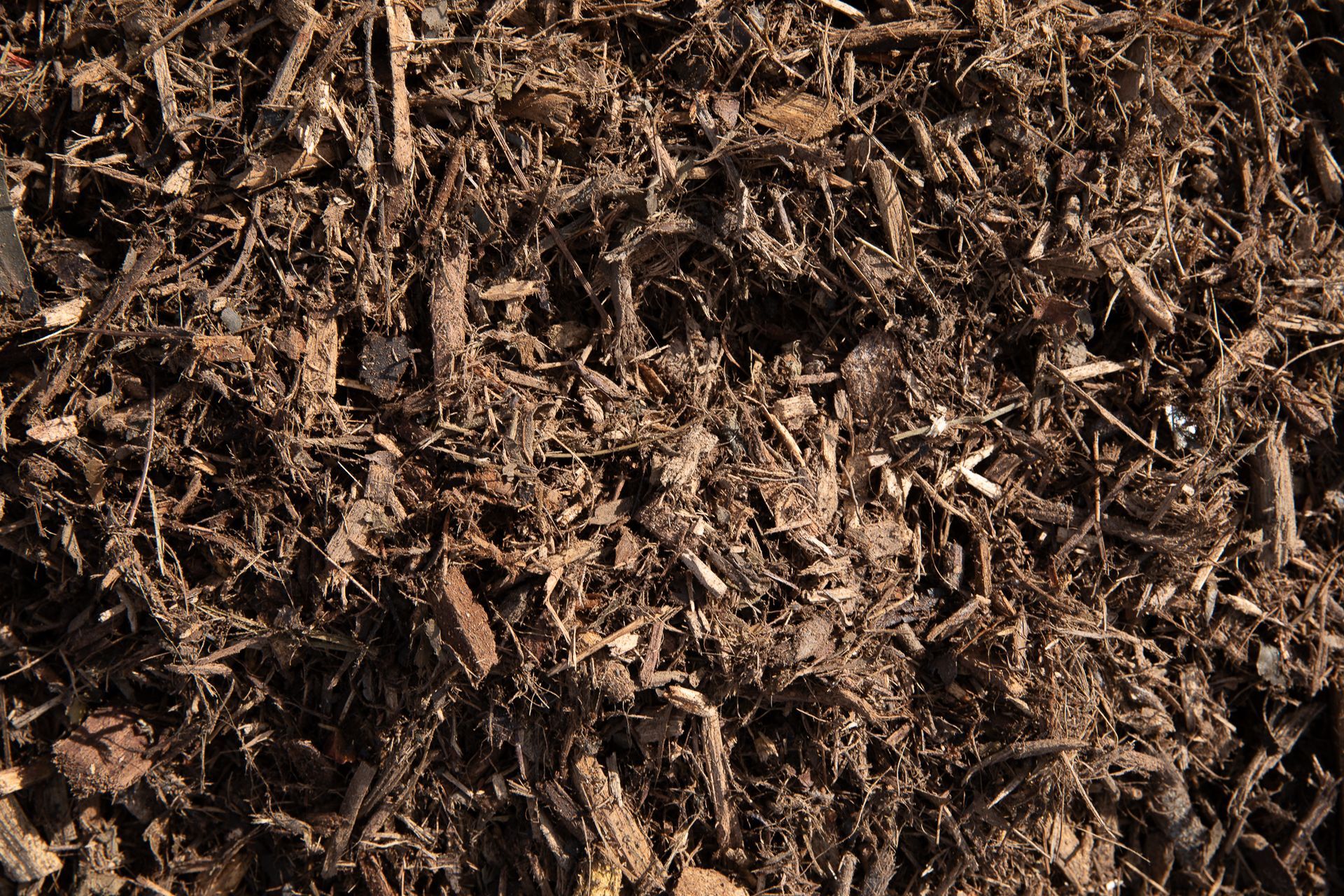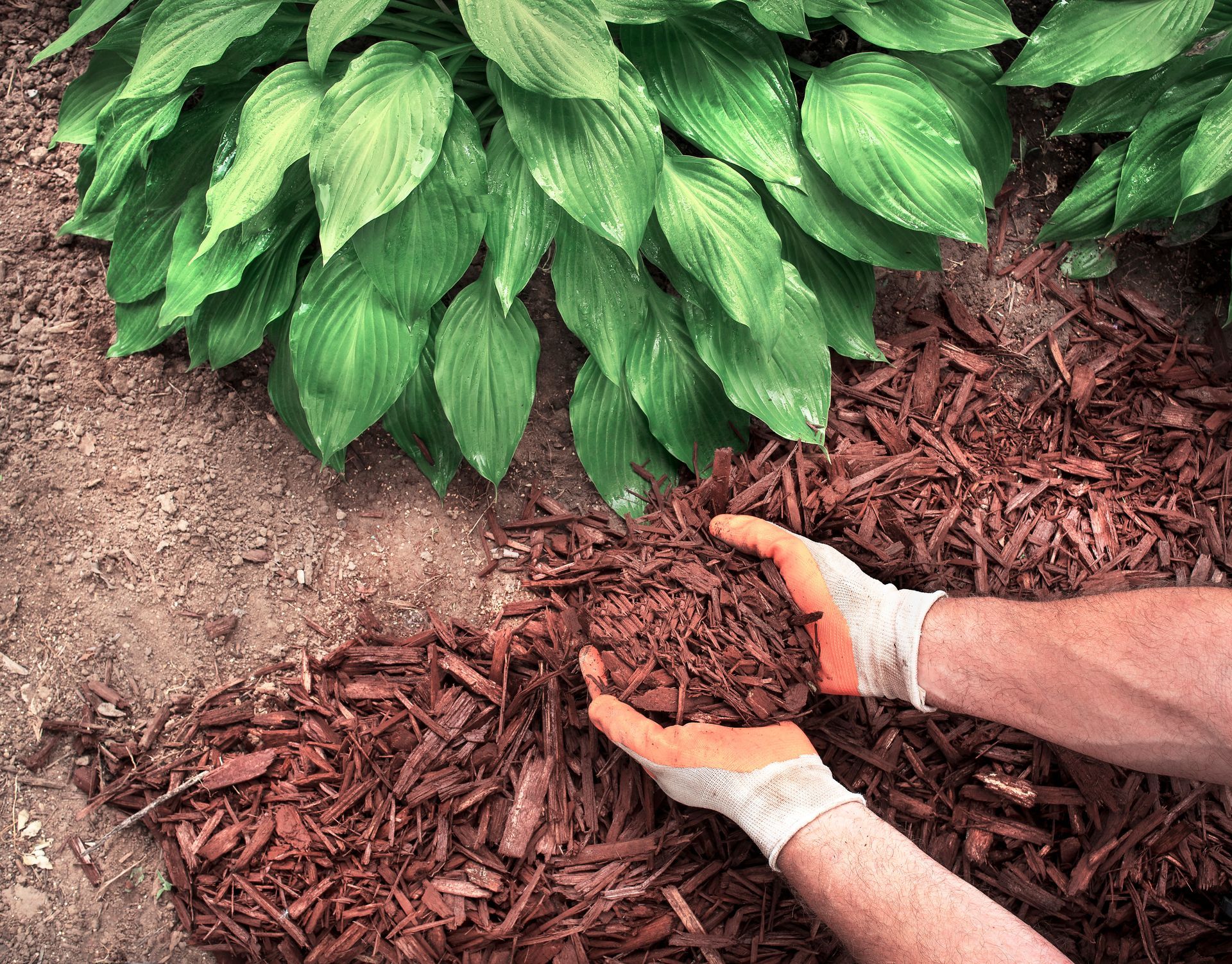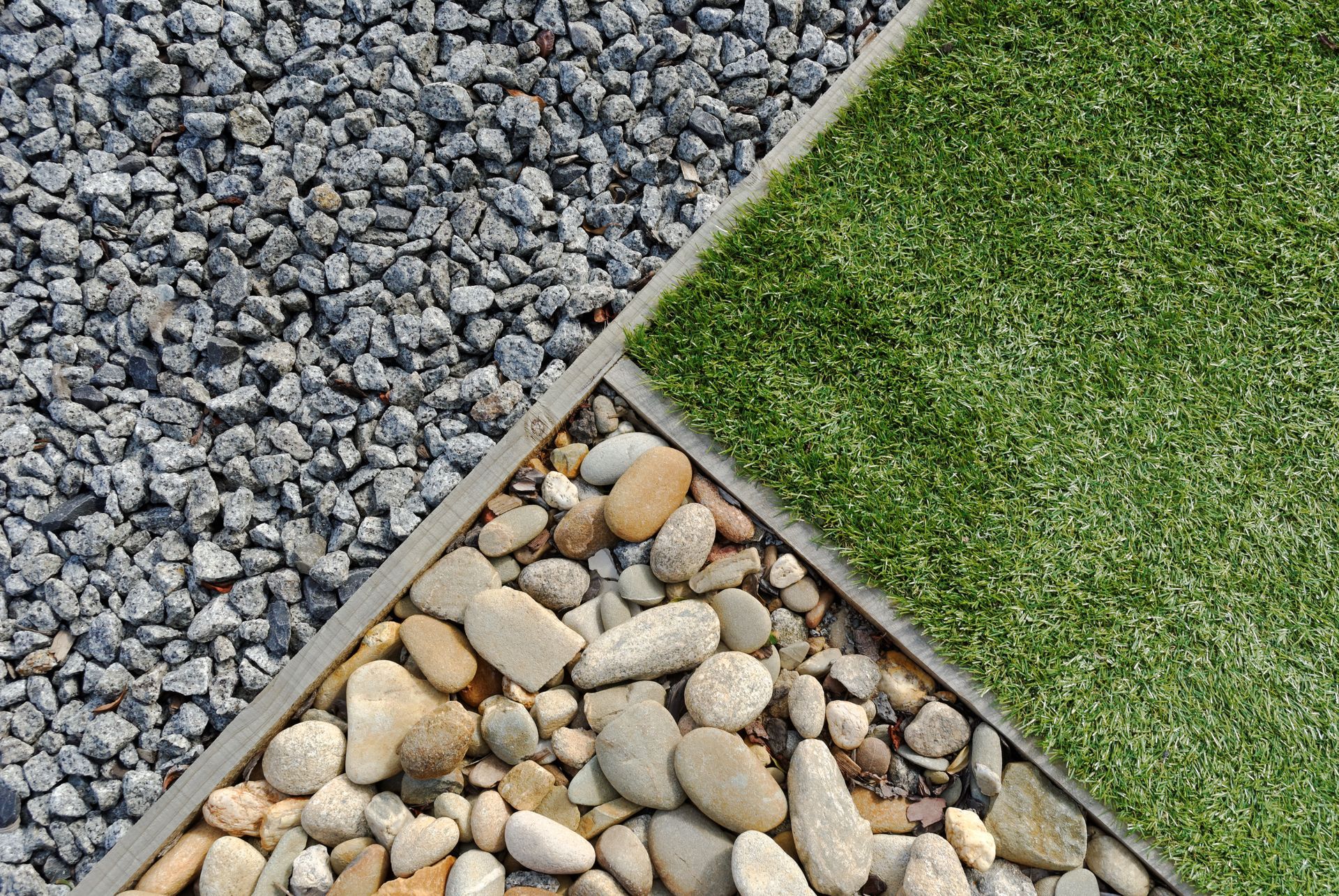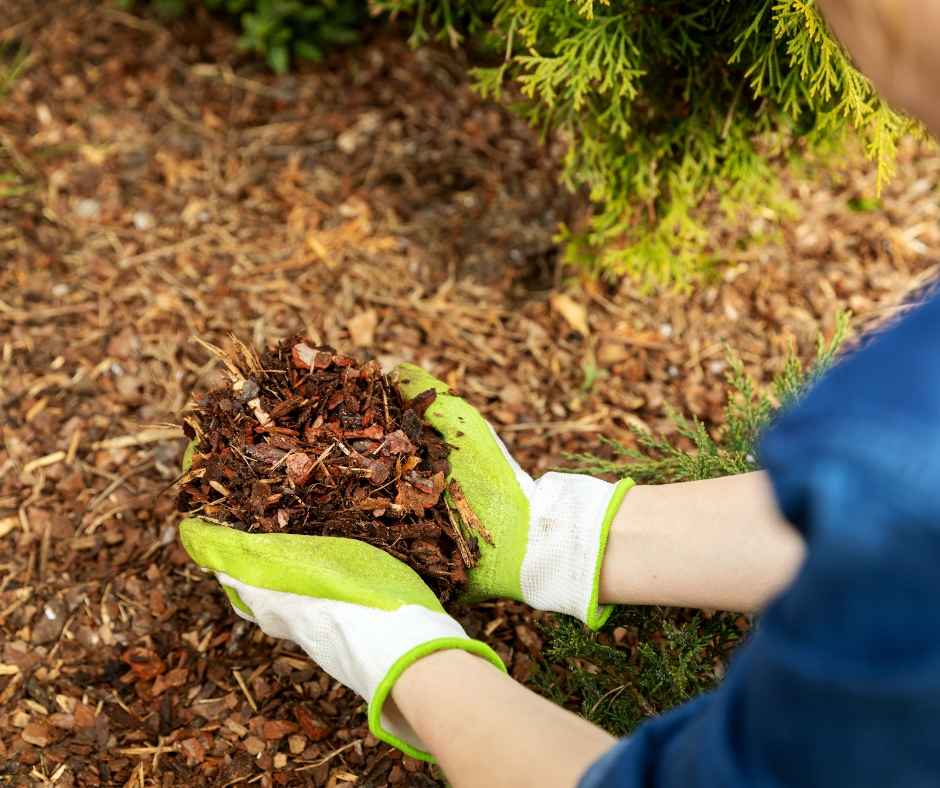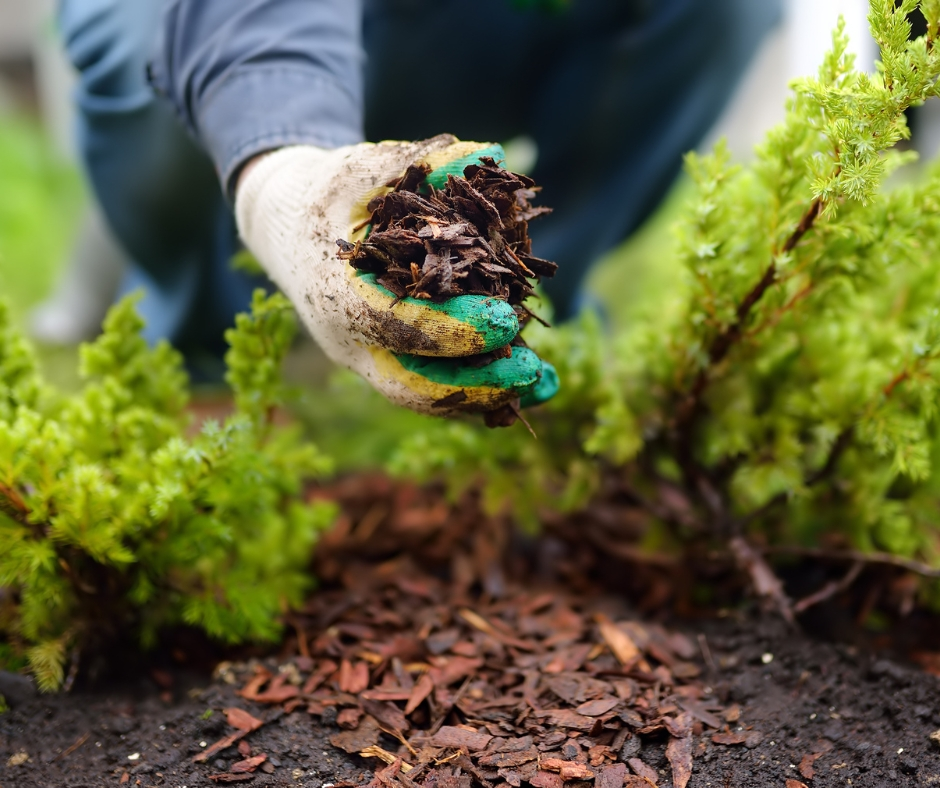Bioretention Soil: Nature's Shield Against Urban Flooding
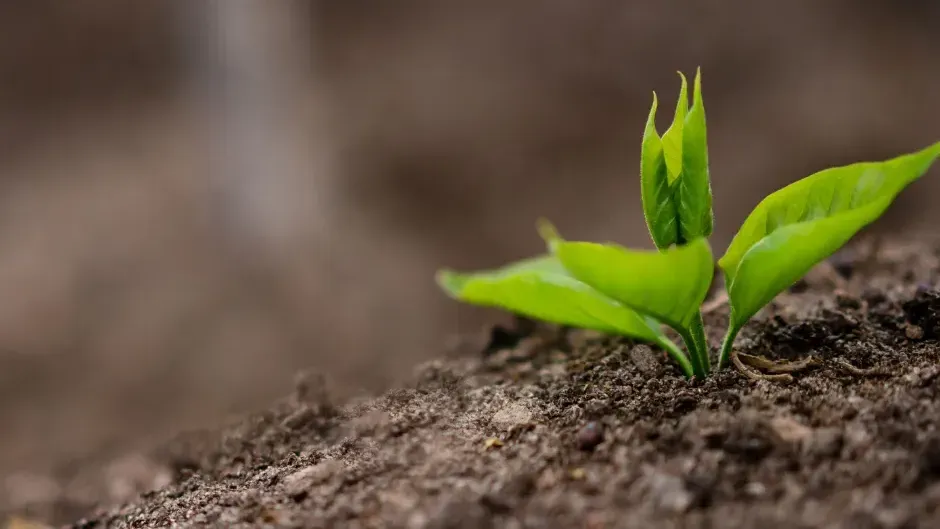
As urbanization continues to spread across the globe, the world faces an increasing threat of urban flooding. The growth of impervious surfaces like roads, pavements, and buildings prevents rainwater from naturally infiltrating the ground, leading to excessive runoff and overwhelming drainage systems during heavy rain events. This has serious consequences, such as property damage, disruption of transportation, and even potential risks to human lives.
However, nature has provided us with a powerful ally in the fight against urban flooding: bioretention soil. This remarkable soil type offers a range of benefits, making it a nature's shield that helps combat the effects of urbanization and mitigates the adverse impacts of heavy rainfall. In this blog, we will explore what bioretention soil is, how it works, and its numerous advantages in urban planning and stormwater management.
What is Bioretention Soil?
Bioretention soil, also known as rain garden soil or engineered soil mix, is a specially designed and engineered soil blend used to mimic the natural filtration and infiltration processes of the Earth. Its primary purpose is to capture, retain, and treat stormwater runoff from impervious surfaces in urban areas. This soil mix is composed of various components, including sand, organic matter, compost, and engineered materials, which work synergistically to maximize its water retention and purification capabilities.
How Does Bioretention Soil Work?
When rainwater runs off impervious surfaces, it is directed towards bioretention areas, often in the form of rain gardens or swales. The bioretention soil acts as a sponge, absorbing and retaining the water while allowing it to percolate slowly into the ground. This infiltration process helps recharge groundwater reserves and reduces the burden on stormwater drainage systems.
Moreover, the bioretention soil is specially designed to promote biological and chemical processes that purify the stormwater. Microorganisms present in the soil actively break down pollutants, such as heavy metals, oils, and nutrients, converting them into less harmful substances. This natural purification process significantly improves the quality of water that eventually reaches the underlying aquifers and local water bodies.
Advantages of Bioretention Soil
- Flood Mitigation: Bioretention soil plays a crucial role in reducing the volume and peak flow of stormwater runoff, mitigating the risk of urban flooding during heavy rainfall events.
- Water Quality Improvement: The soil's natural purification mechanisms help to remove pollutants and contaminants from stormwater, leading to cleaner and healthier water bodies.
- Groundwater Recharge: By allowing rainwater to slowly infiltrate the ground, bioretention soil helps recharge underground aquifers, maintaining a sustainable water supply.
- Biodiversity Support: Bioretention areas often support a diverse range of plant species, providing habitats for various wildlife and promoting urban biodiversity.
- Aesthetic and Recreational Value: Rain gardens and bioretention areas can add aesthetic value to urban landscapes, creating green spaces that residents can enjoy for recreation and relaxation.
Implementing Bioretention Soil in Urban Planning
Integrating bioretention areas into urban planning and development is a wise and sustainable approach. Here are some steps to consider:
- Site Selection: Identify suitable locations where bioretention areas can be implemented, considering factors such as proximity to impervious surfaces, local topography, and potential impact on existing infrastructure.
- Design and Engineering:
Work with experts in soil science and engineering to develop the most appropriate bioretention soil mix for the specific location and its intended purpose.
- Community Engagement: Involve local communities and stakeholders in the planning process to gain support and raise awareness about the benefits of bioretention areas.
- Maintenance: Regular maintenance is essential to ensure the effectiveness of bioretention areas. This includes periodic inspection, removing accumulated debris, and managing vegetation.
Bioretention soil stands as an exceptional example of how nature can inspire innovative solutions to pressing environmental challenges like urban flooding. Its ability to reduce flood risks, improve water quality, and support biodiversity makes it a valuable tool in urban planning and stormwater management. By embracing bioretention soil and integrating it into our urban landscapes, we can create more resilient, sustainable, and nature-friendly cities that are better prepared to face the challenges of the future. Let us harness the power of bioretention soil and work in harmony with nature to build a more resilient and flood-resistant urban environment.
North County Supply is the only shop you'll need for all of your landscape material needs!
We carry a wide variety of materials including mulch, playground chips, soil, and more!
Our knowledgeable staff is always happy to help you find what you need and answer any questions you may have.
Call us at 760-744-3444
North County Supply's Service Locations: San Diego, Escondido, San Marcos, Vista, Oceanside, Carlsbad, Chula Vista, El Cajon, Poway, Santee, Encinitas, Valley Center, La Mesa, Temecula, Murrieta, Coronado, Del Mar, Alpine, Lakeside, Fallbrook, Daley Ranch, Hidden Meadows, Menifee, Solana Beach, Carmel Valley, Ramona, Torrey Pines, Rancho Penasquitos.

